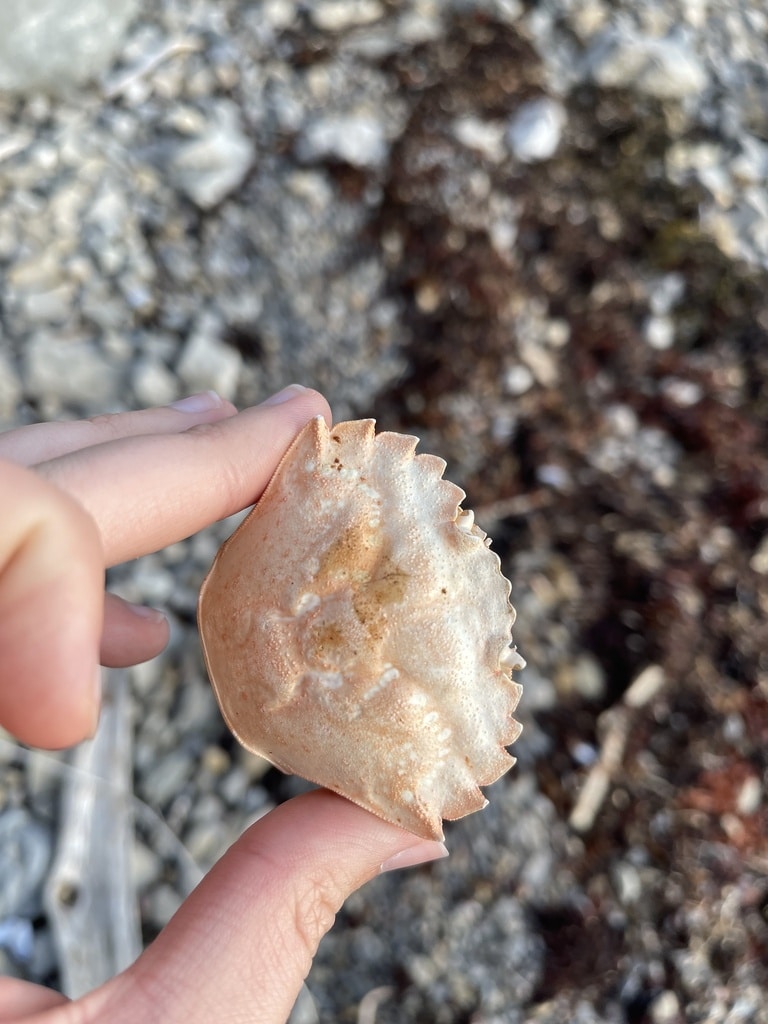By Erin Springinotic | August 16th, 2022
In July, the I Spy and Identify Invasives project made 36,862 observations of 5,173 species! 408 people observed and reported native and invasive species across Canada and our network grew by 101 new individuals (and counting) – thank you for joining everyone!
July’s reports included 5,303 observations of 682 different introduced and invasive species. The month’s totals included these concerning sightings:
- 2 observations of Zebra mussels (Dreissena polymorpha) on the shore of Munuscong Lake, Ontario by @carterdorscht. This freshwater mussel is native to the Black Sea in Europe. They have become invasive in Ontario, Quebec, and Manitoba and are spread by recreational boaters and commercial shipping. Zebra mussels are capable of rapidly colonizing new areas and are nearly impossible to eradicate once established.
- 1 observation of a Quagga mussel (Dreissena rostriformis bugensis) in Georgian Bay, Ontario by @jason_miller. This highly invasive mussel is slightly larger, rounder, and wider than its relative the Zebra mussel. Like the Zebra mussel, this species forms dense colonies which out-compete native species and clog water supply lines. Remember: both Zebra and Quagga mussels are spread by watercraft, so always Clean Drain and Dry your gear after spending time out on the water.
- 24 observations of European green crab (Carcinus maenas) in Nova Scotia. European green crabs are highly invasive and cause extensive damage to eelgrass beds, which provide critical habitat for native marine invertebrates and fish. Watch for this species in sheltered, shallow water with lots of vegetation. ID tip: this crab has 5 spines behind each eye. Great work by the 6 observers who uploaded their sightings – and a special thanks to @rorymacneil who reported 18 different occurrences on Cape Breton Island.

Numerous species at risk were also reported throughout June:
- 1 observation of a Monarch (Danaus plexippus) caterpillar in Manitoba by @cmjmousseau. Populations of Monarch butterflies are declining rapidly in North America in part due to habitat loss from logging, fire, and agriculture. Monarchs lay their eggs solely on the milkweed plant,
- , an invasive look-alike. The Monarch larvae that hatch on the invasive Dog-strangling Vine do not survive – so please, if you have a green thumb, consider planting native milkweed to create a Monarch friendly habitat in your garden!
- 1 observation of a Massasauga (Sistrurus catenatus) in Ontario by @dana_s. This small rattlesnake is eastern Canada’s only venomous snake
,and is threatened by habitat fragmentation and human persecution (despite posing little threat to people). You can find this snake in a variety of habitats, including forests, wetlands, and grasslands. Remember to tread lightly and give them plenty of room! - 15 observations of Oldgrowth specklebelly lichen (Pseudocyphellaria rainierensis) on Vancouver Island, British Columbia by @stevenhayward. This lichen is endemic to old growth rainforests where it grows on the branches and trucks of conifer trees. The survival of this species is dependent on the conservation of old growth forests, and has experienced population decline due to industrial logging in British Columbia.

Thank you for your iNaturalist observations and reports. Moving into August, we encourage you to observe and report invasive plant species such as Canada thistle (Cirsium arvense), Leafy spurge (Euphorbia esula), and Wild parsnip (Pastinaca sativa). These invasive species spread aggressively and outcompete native plants. All three of these invaders disperse seeds that can attach to animals, clothing, and equipment so remember to check and clean your gear and pets before leaving an infested site.
Happy iNatting!
Erin works in Outreach Support at ISCBC. She is grateful to live on the traditional territories of the Songhees, Esquimalt, and W̱SÁNEĆ peoples, also known as Victoria. In her spare time, she loves wandering around in the woods. You can reach Erin at espringinotic@bcinvasives.ca.
Share


















